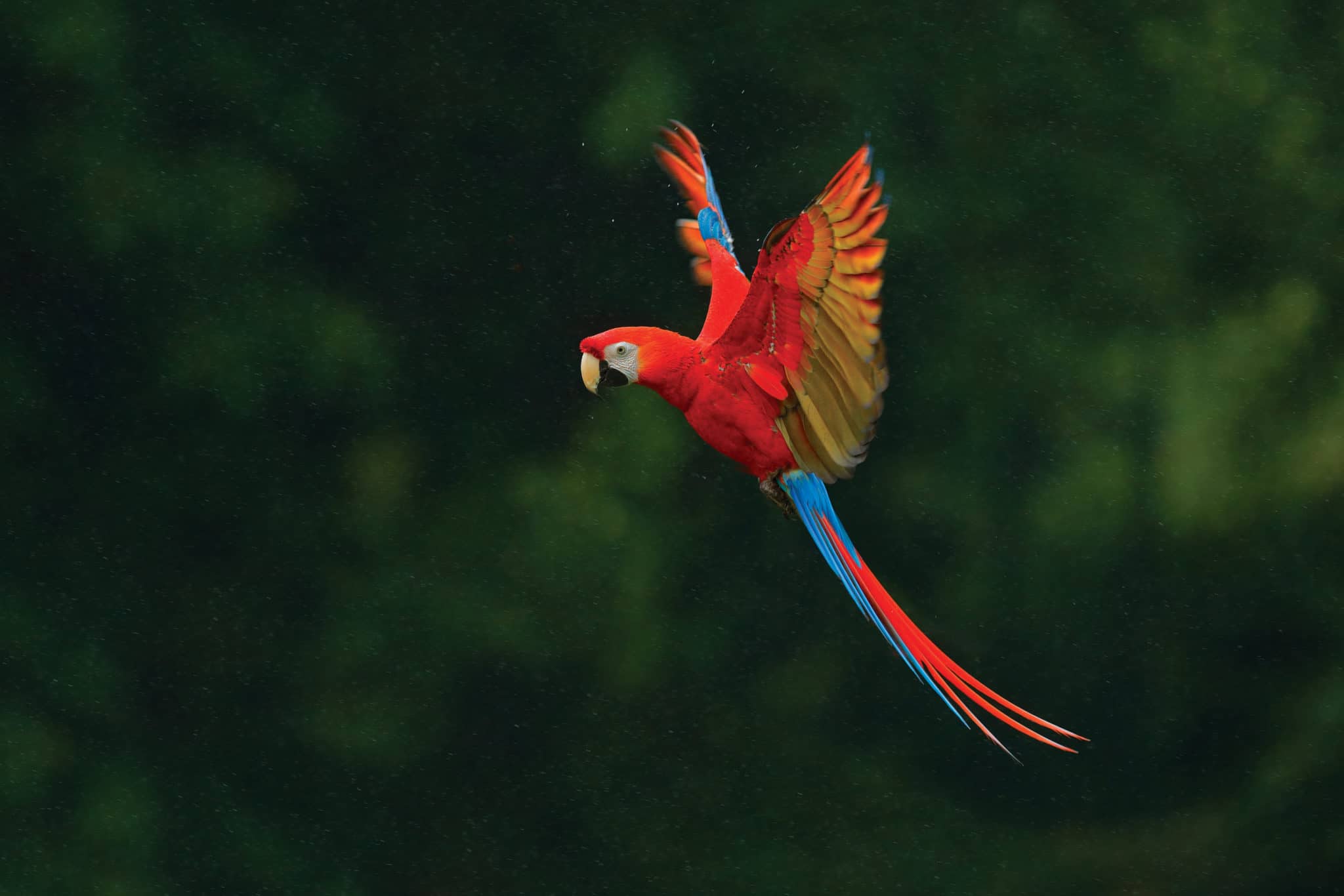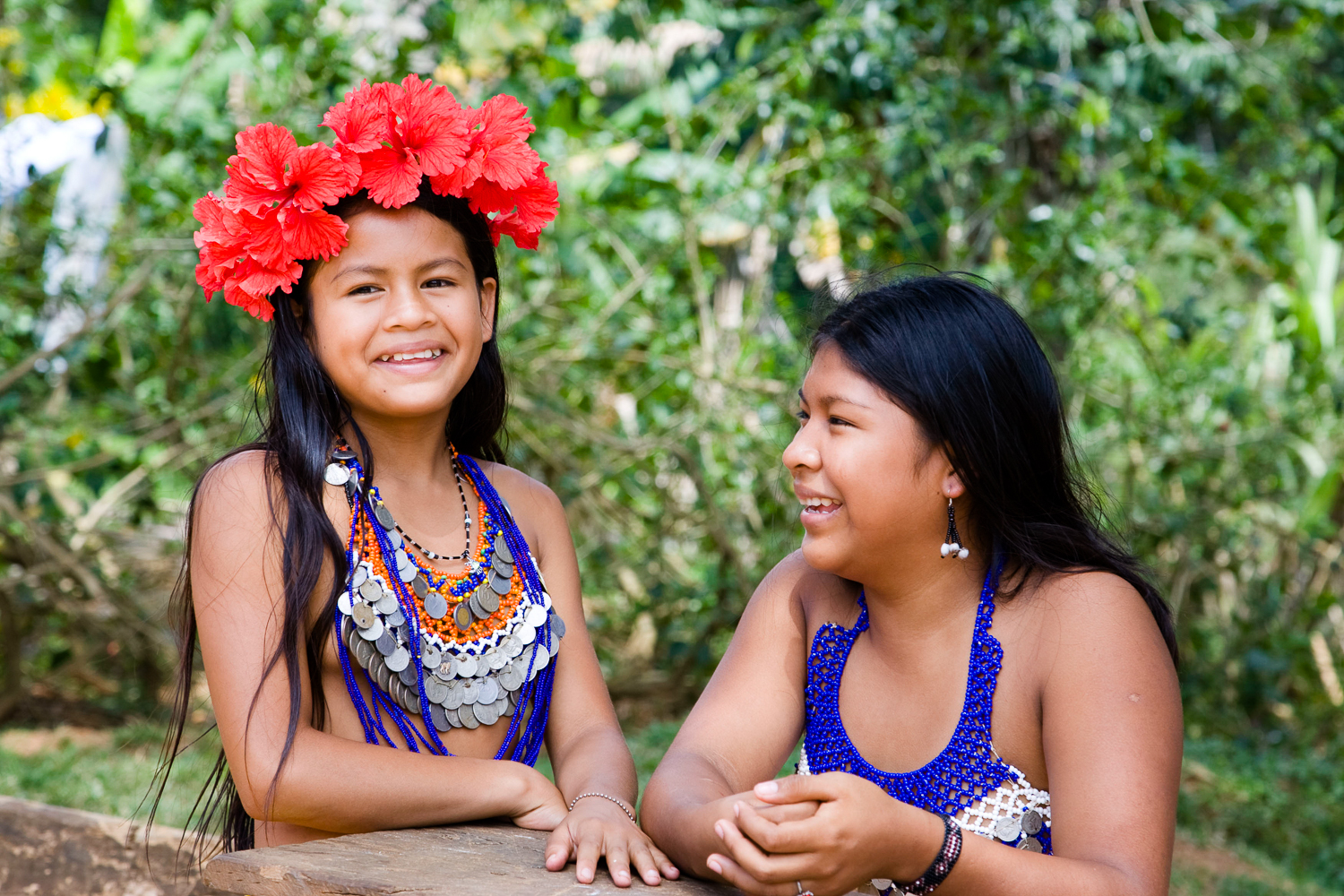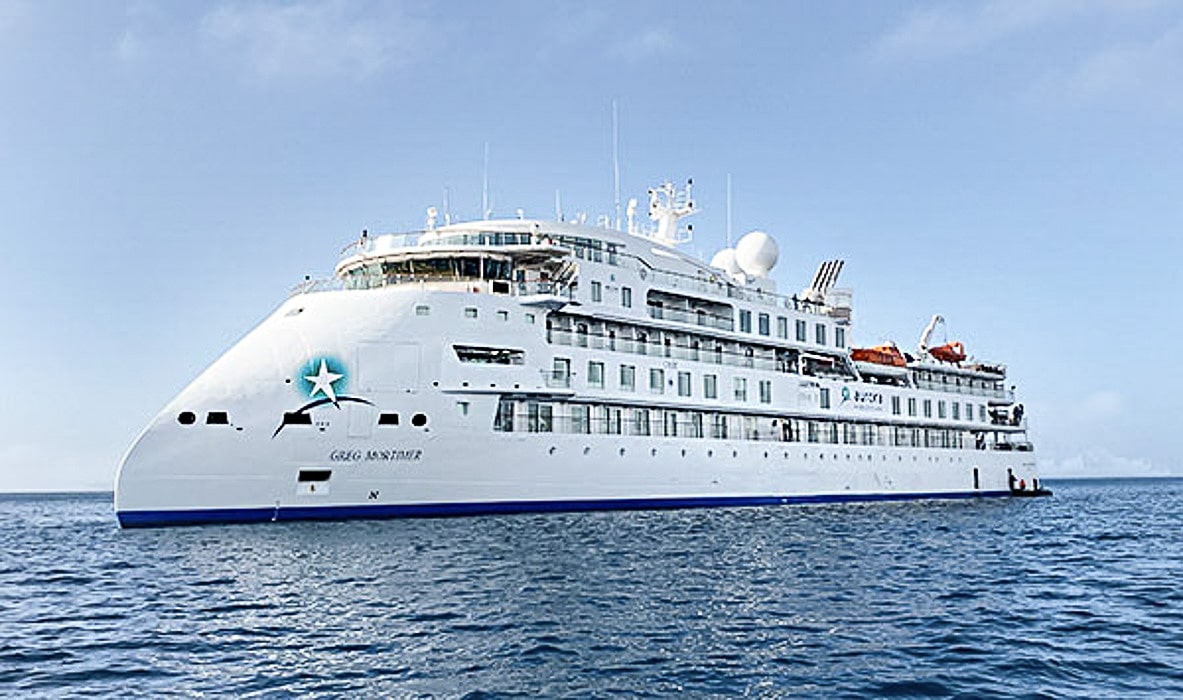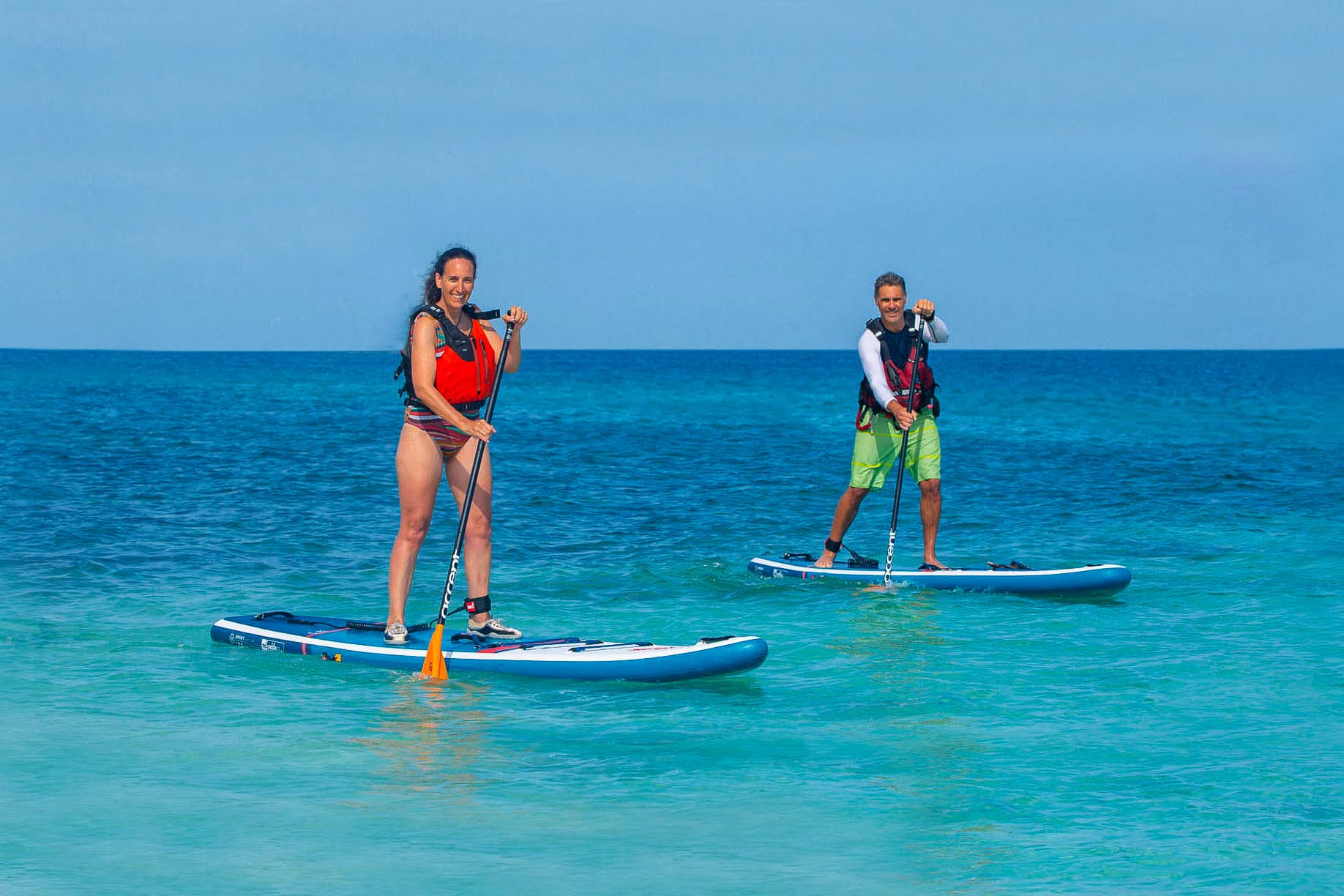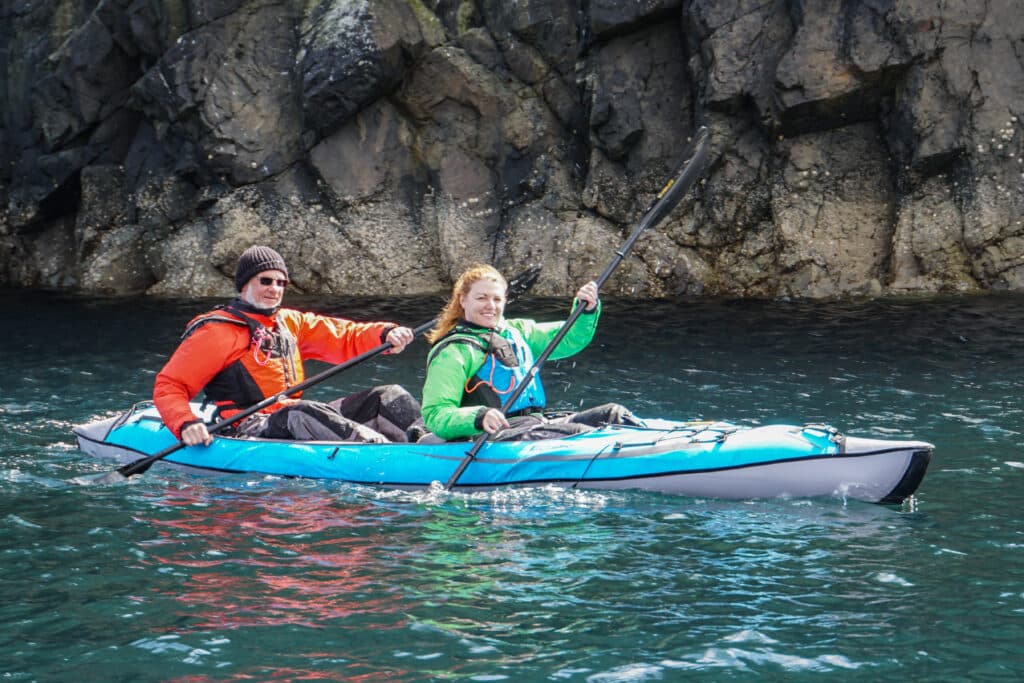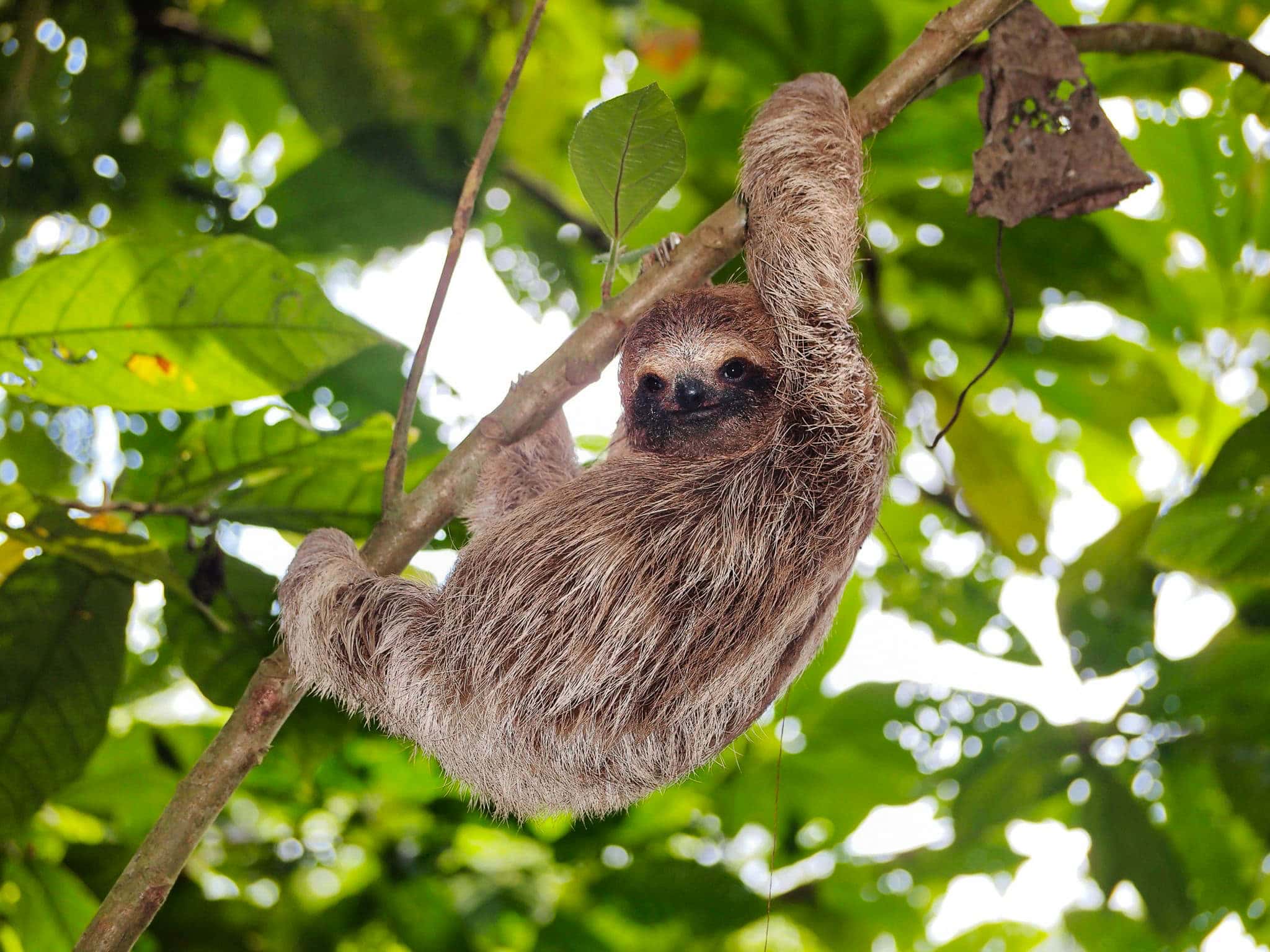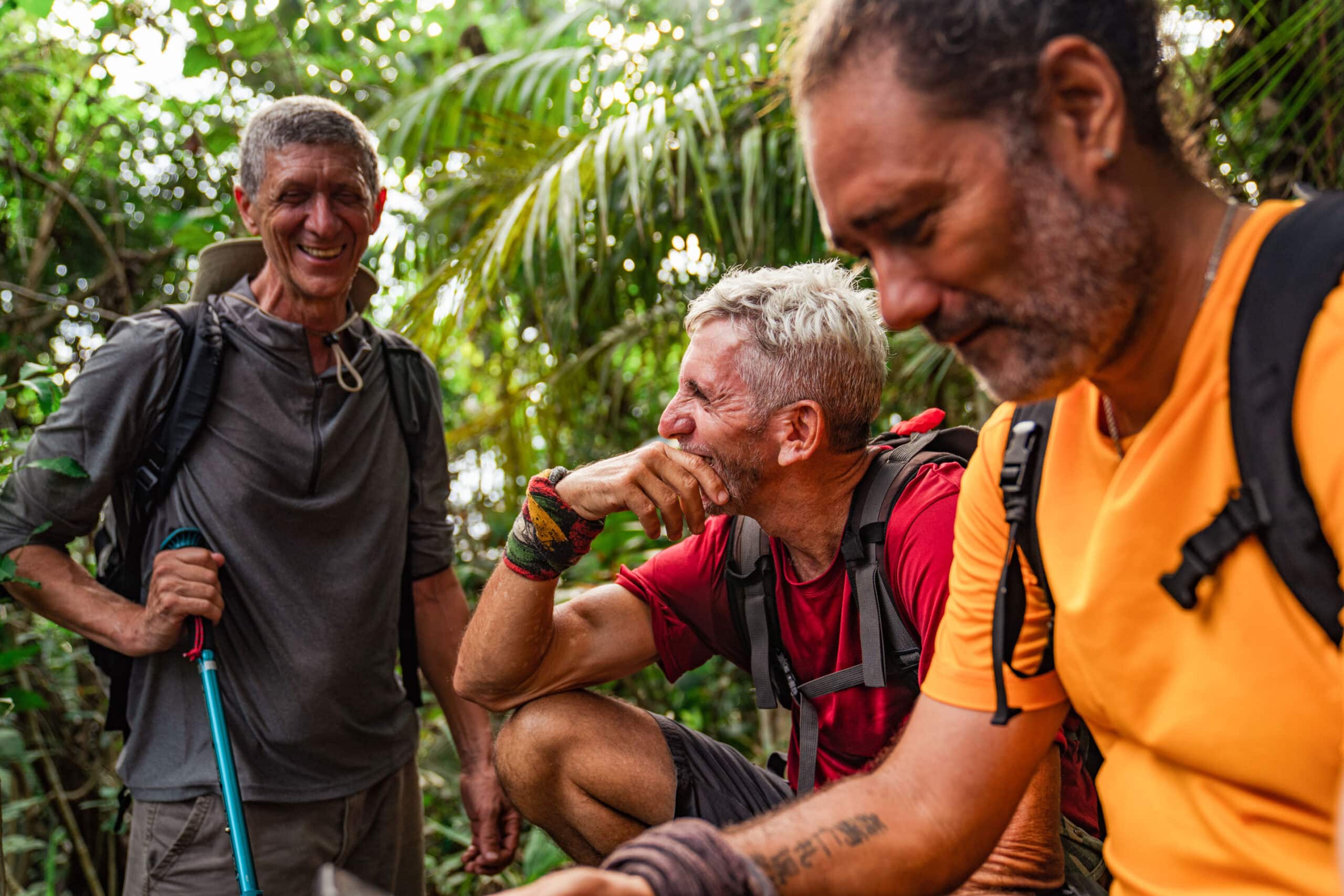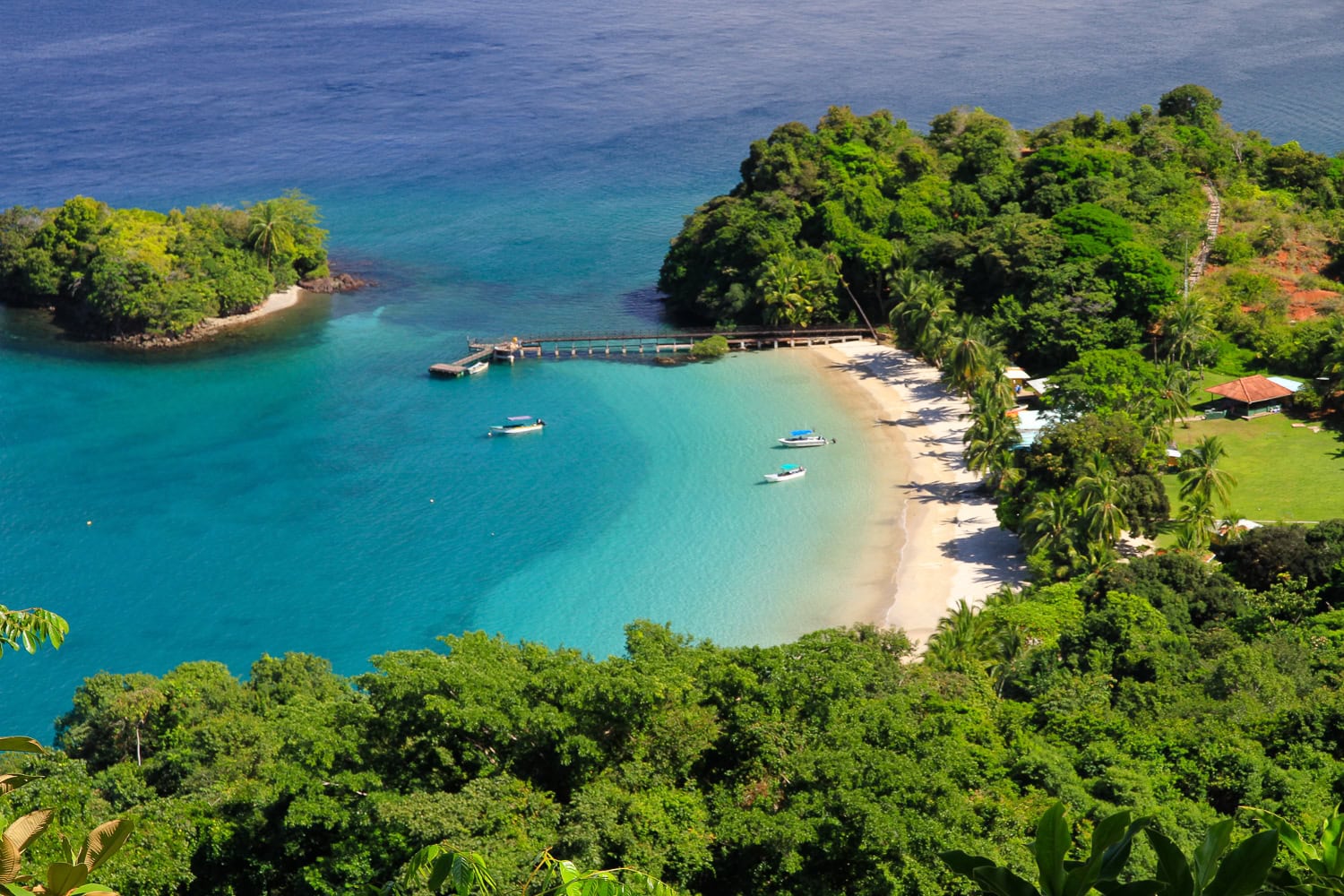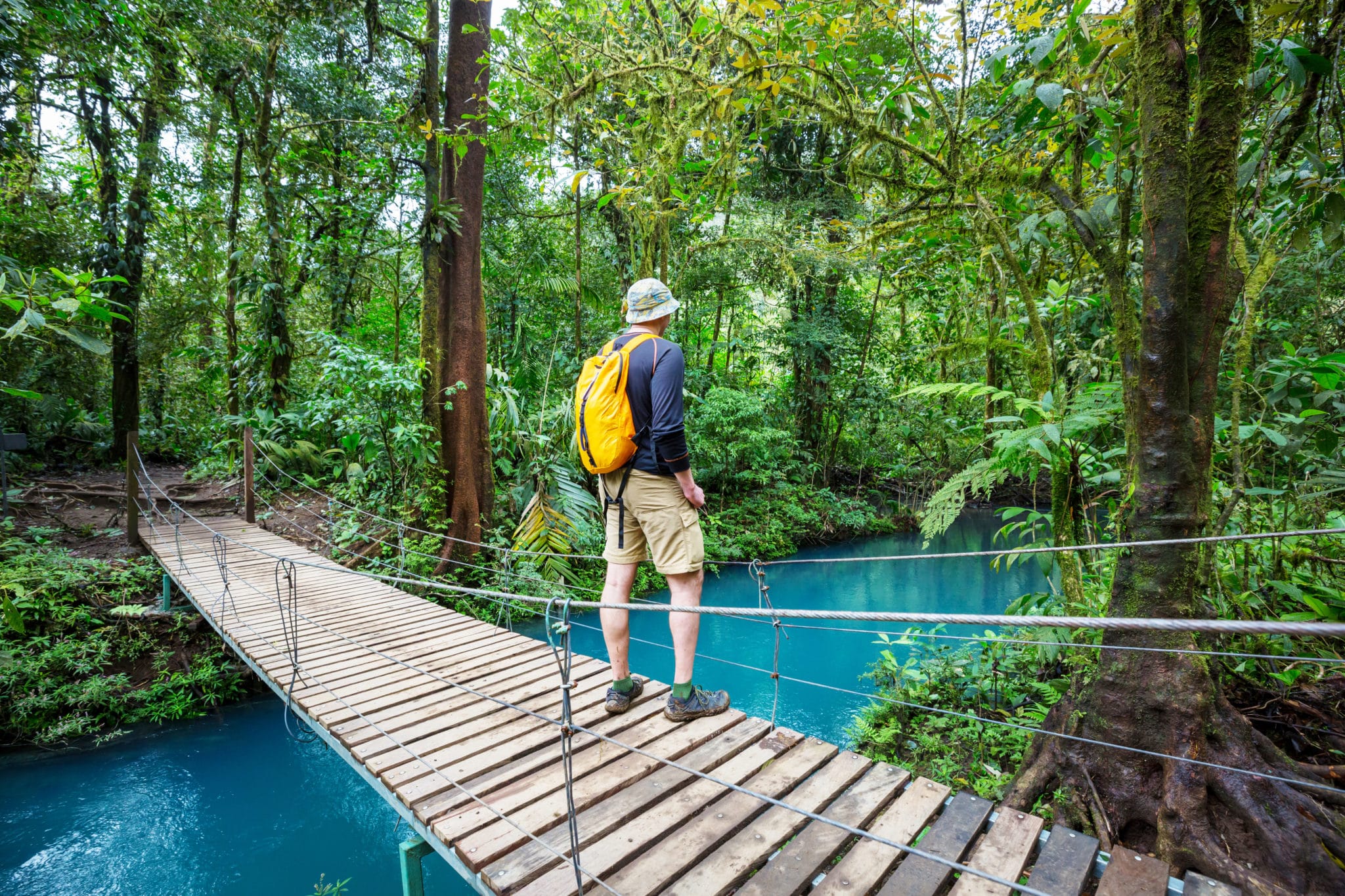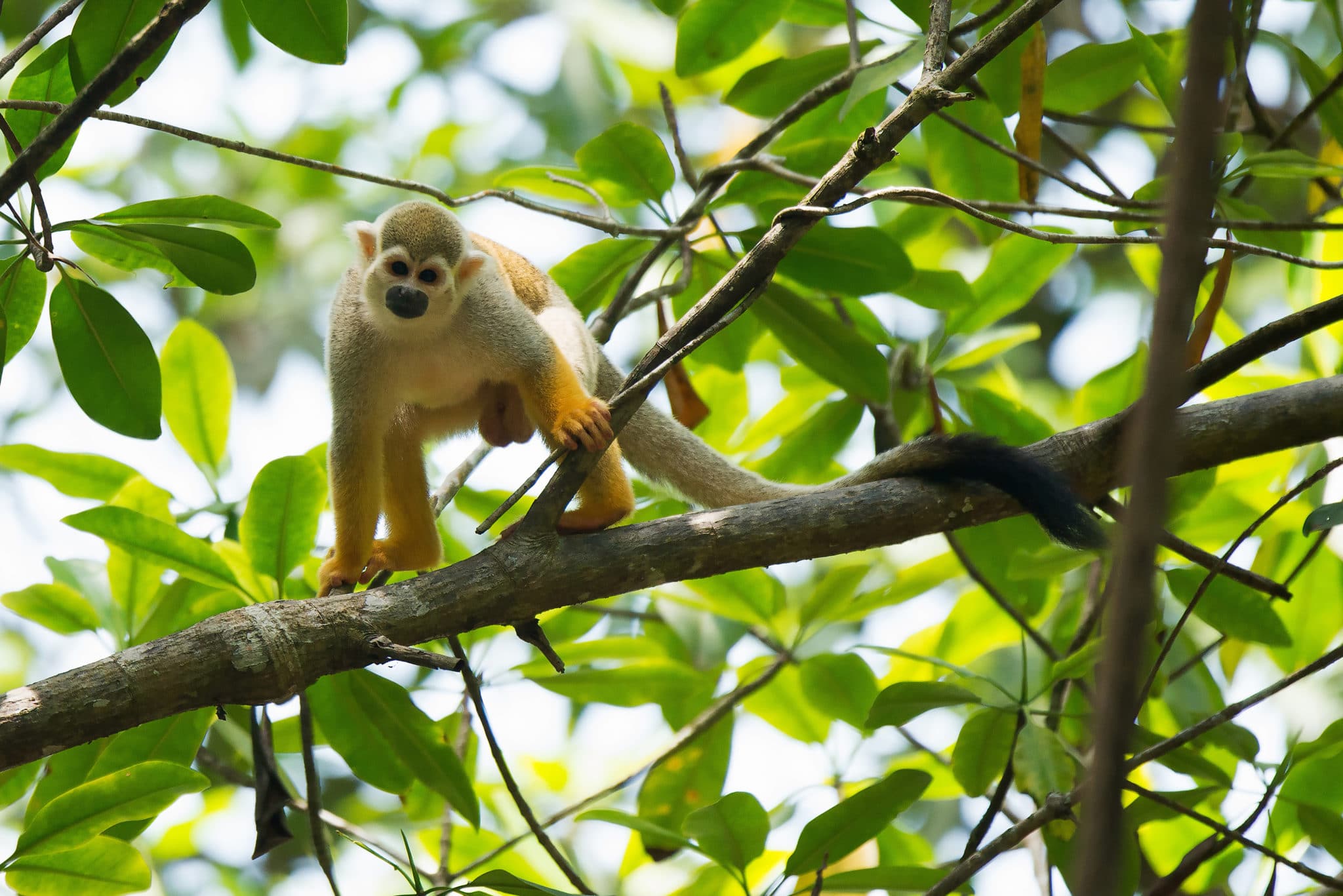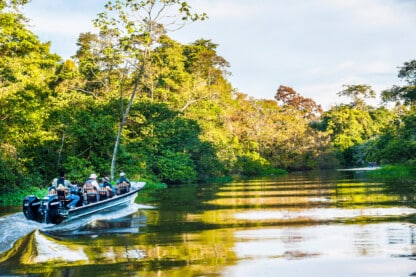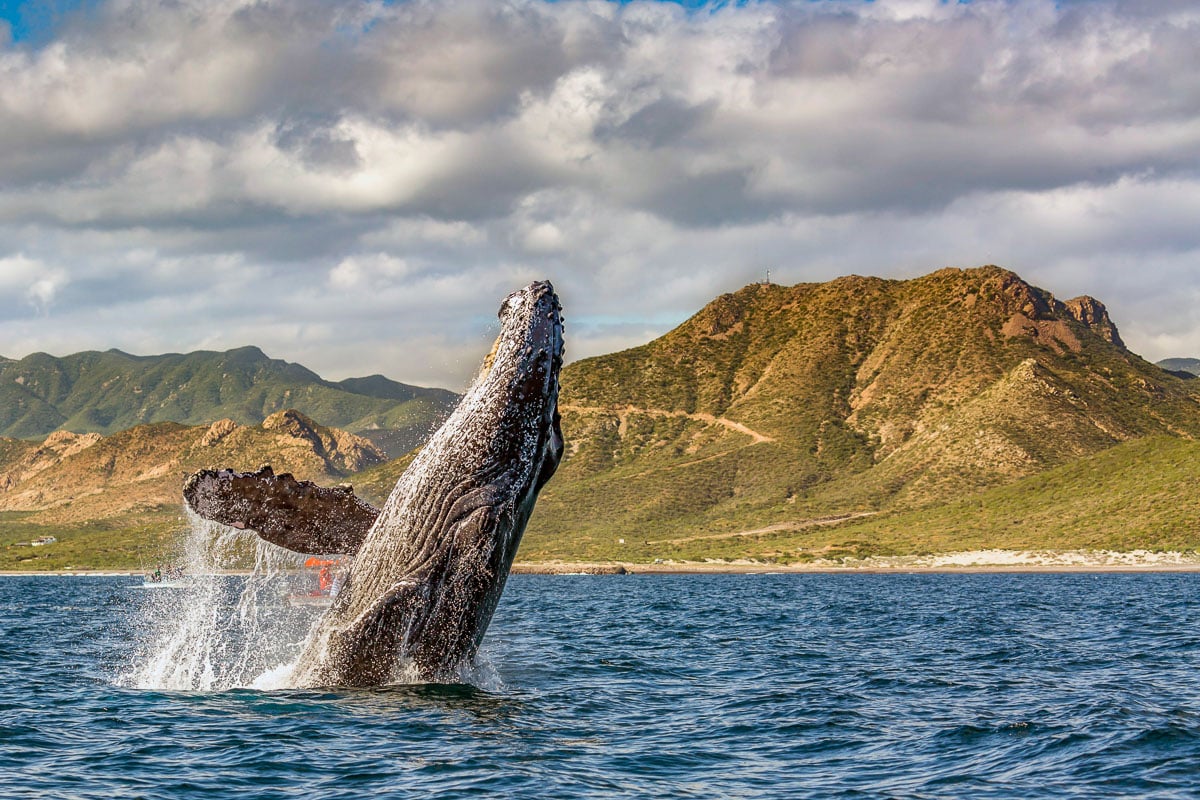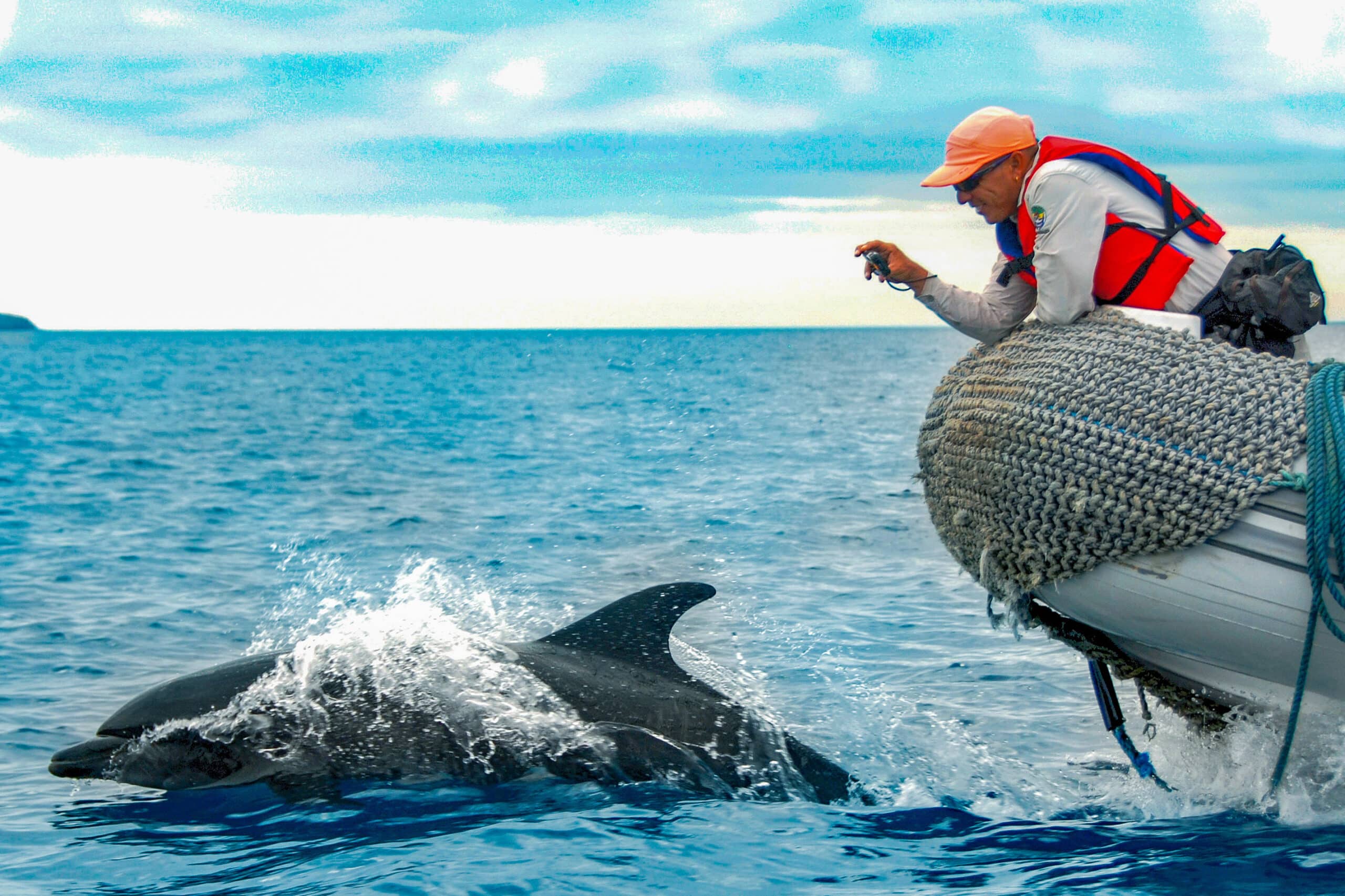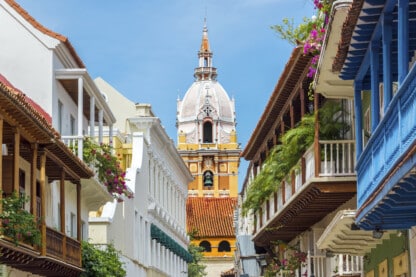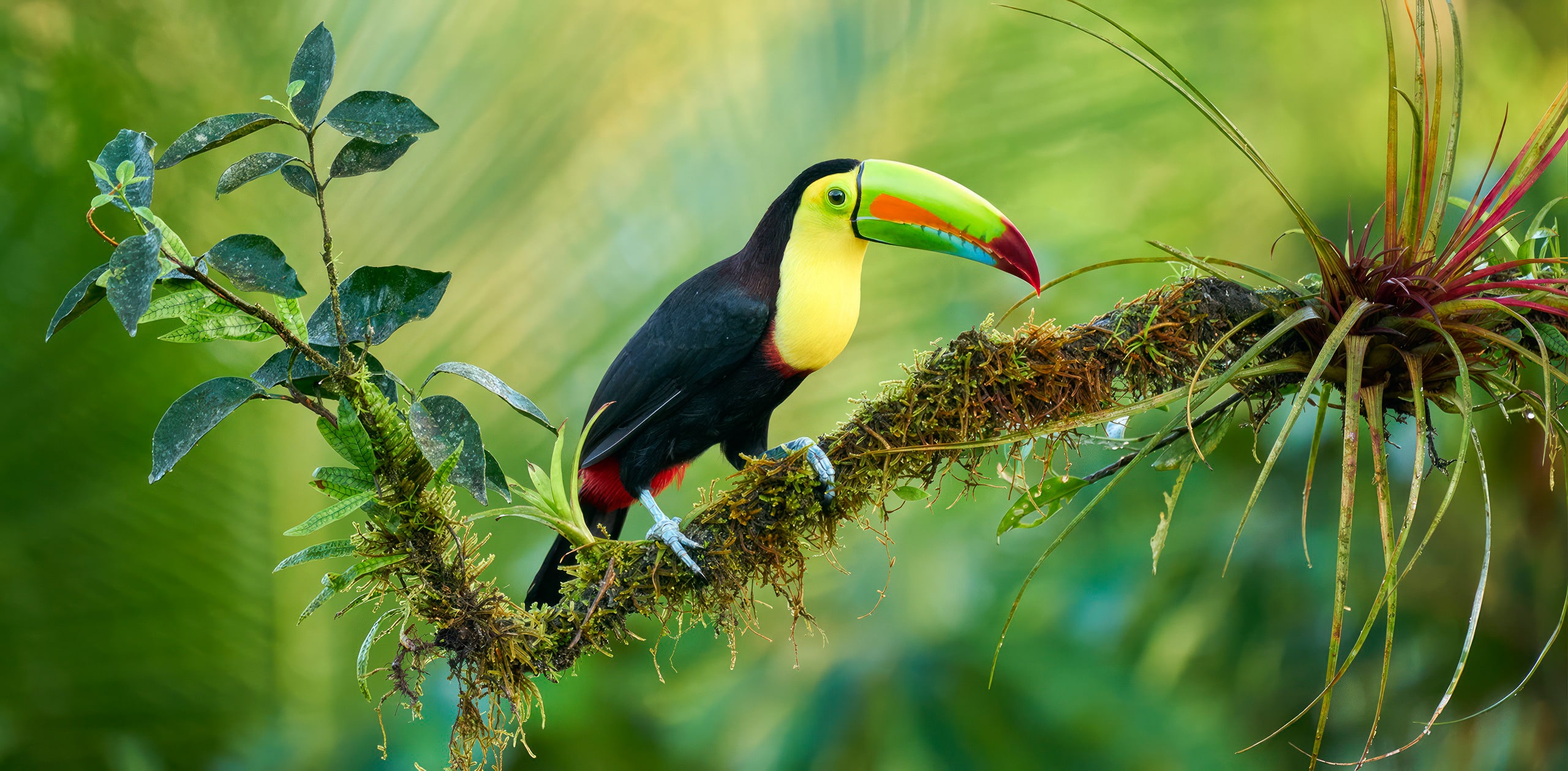
NEW TRIP
Explore Costa Rica's Natural Reserves and Cross the Panama Canal
Exploring the Wonders of Costa Rica and Panama
Overview
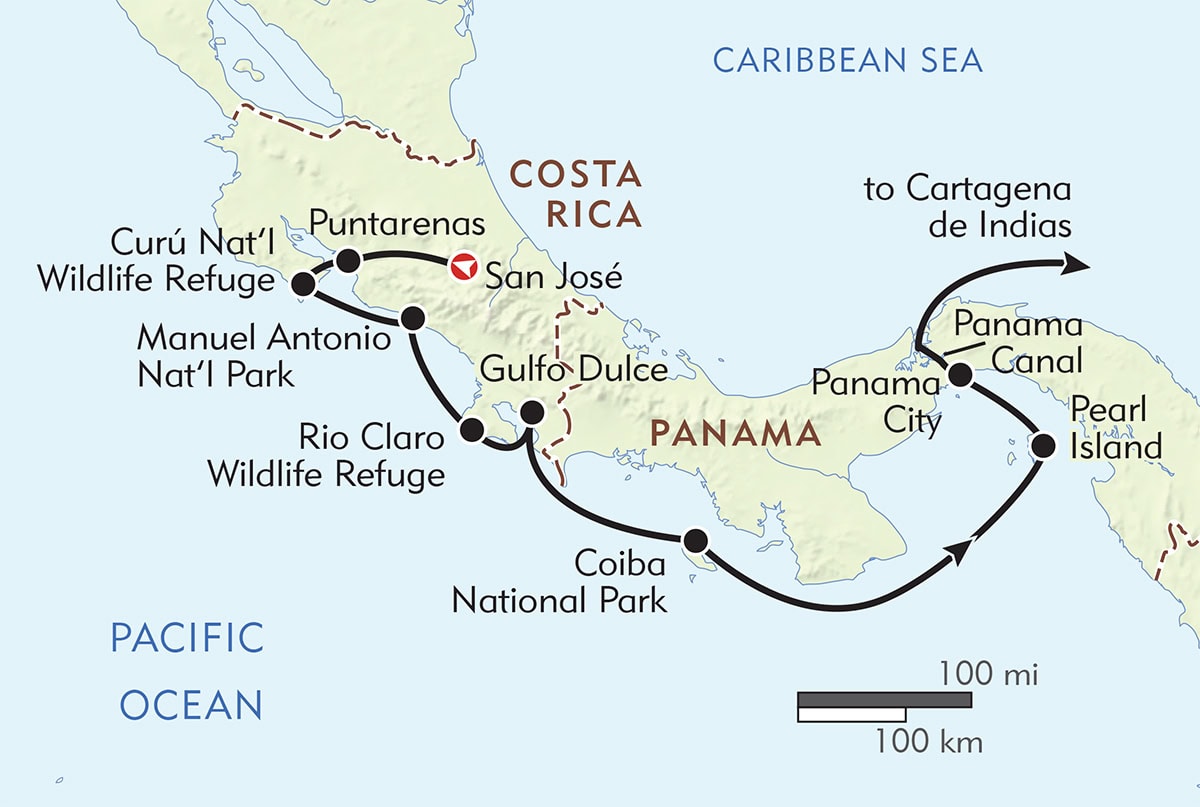

Arrive: San Jose, Costa Rica
Depart: Cartagena, Colombia
Highlights
- Explore some of the most biodiverse rainforests on earth, a chance to encounter wildlife including sloths and howler, spider, capuchin, and squirrel monkeys
- Enjoy a guaranteed daylight crossing of the Panama Canal
- Coiba National Park in Panama offers superb marine and terrestrial wildlife viewing opportunities, and is a UNESCO World Heritage Site
- Hidden in the remote Darién National Park, you will be warmly welcomed by the indigenous people of the Emberá Mogue community
Itinerary
Note: This trip is not exclusive to, nor operated by, Wilderness Travel, who acts solely as an agent in booking your reservation with the operator. Please download the Rate Sheet in the Dates & Pricing section to see the full pricing details and contact our Cruise Collection Specialists to check availability.
The warm tropical waters in the gulf are a great place to enjoy aquatic activities, where spinner dolphins are often seen frolicking in the bay. There are ancient coral reefs to explore, where you can see enormous coral gardens and the creatures that inhabit them. On land, there are more pristine rainforest trails for you to explore, where you can marvel at the extraordinary flora and fauna that contributes to Costa Rica's biodiversity.
By Zodiac, shuttle ashore to Saladero Ecolodge and explore the gardens and walking trails filled with flowering plants. Keep a watch for birds including toucans, scarlet macaw, caracara, and woodpeckers.
In Golfo Dulce you'll exit Costa Rica and continue the journey as the ship sails to Panama.
On Coiba Island, spend the morning in the area of Granito de Oro islet, a unique place that allows snorkelers to encounter a diversity and volume of marine life that is usually reserved for scuba divers. This is one of the world's most sought-after diving destinations. The local ranger will provide guidance on the optimal places where you can enjoy water activities.
The following morning, you'll land at Punta Clara, which served as a penal colony from 1919 to 1996, where Panama's most notorious criminals and political prisoners were incarcerated. At the peak of its operations, the prison housed up to approximately 3,000 inmates in about 30 camps spread around the islands. You can visit the dilapidated penitentiary buildings or walk along the beach looking for scarlet macaws, yellow caracara, and various seabirds. Back on board, enjoy lunch as the ship sails toward the Pearl Islands.
We plan to visit Bartolome Island to enjoy some paddle boarding, kayaking, and snorkeling in the warm, turquoise waters. You might also visit nearby Pacheca and Pachequilla islands to enjoy some birdwatching.
Panama's history has been formed by a rich pre-Columbian era for more than 12,000 years. Early cultures in Panama were the Monagrillo, the Cueva, and the Conte, particularly famous for their pottery, which was the first in the Americas. The first European claiming the territory of today's Panama was Rodrigo de Bastidas, coming from Colombia's Atlantic coast in 1501. In 1513 Vasco Nuñez de Balboa became the first Spaniard to see the Pacific Ocean from the top of a hill. Four days later he and his men stood at the shores of the Pacific Ocean. In 1519, Panama City was founded and became an important hub for seized goods making their way from Peru to Spain.
You'll visit an Emberá village, an indigenous tribe who have inhabited this region for centuries. There are about 33,000 Emberá living in the Darién, Panama, and 50,000 in Colombia. On your visit to one of the Emberá villages near Panama City, you will be warmly welcomed by the local villagers and enjoy a presentation to learn about their history, culture, and way of life. On a guided walk through their village, you will meet more villagers who may show you inside their home, sample local snacks, and learn about their medicinal plants. The Emberá are renowned for their exquisite handmade jewelery and woven handicrafts, and you will have the chance to appreciate and purchase their work. In the afternoon, stop at the Miraflores Visitor Center overlooking the Miraflores lock of the Panama Canal. Four exhibition halls portray the canal's history and biodiversity, while three terraces and observation decks are ideal places for observing the canal's operation and the passage of ships through the locks.
The following day, visit Gatun Lake, a large artificial lake with a unique ecosystem that forms a major part of the Panama Canal, carrying ships 20 miles on their transit across the Isthmus of Panama. At the time it was created, Gatun Lake was the largest artificial lake in the world. The vegetation at Gatun Lake offers ideal habitats for a large number of bird species. The excursion starts with boat trip that heads north on the canal for 25 minutes where you may get close to some of the larger ships that transit the canal daily. Enjoy a leisurely cruise along the forested banks of Gatun Lake looking for wildlife such as capuchin monkeys, howler monkeys, three-toed sloth, various kinds of toucans, and other bird life. This is a place to observe the raw regenerative power of the forest as it struggles to claim what was once wild. Enjoy lunch at a resort located in the shores of Gatun Lake.
Afterwards, head to Casco Viejo, Panama's historic old quarter. Inscribed on the list of World Heritage Sites in 1997, Casco Viejo is a compact treasure trove of 16th and 17th century colonial architecture. The oldest continuously occupied European city in the Americas on the Pacific coast, also known as Panama Viejo, was founded in 1519. The excursion includes visits to two exceptional sites as well as a guided walk around the historic quarter and the cobblestone streets for a leisurely look at many historic landmarks including Plaza Herrera, San José Church, Plaza Francia, Plaza Bolívar with the San Francisco de Asis Church, and Plaza Mayor (where the Metropolitan Cathedral is located). After the tour, you have the option of exploring Casco Viejo at your own pace or return to the ship. A shuttle service will be available to transfer you to the ship.
The complete crossing from the Pacific to the Atlantic Ocean takes approximately 10 hours, a journey that once took almost two weeks to complete, when vessels were forced to sail around the notoriously rough seas around Cape Horn at the bottom of South America to reach the Pacific coast.
After disembarkation, enjoy a guided introductory tour of Cartagena's old town. Your local guide tells tales of Cartagena from ancient times to present day, while you visit the citiy's sites, from the Plaza San Pedro Claver with its stunning church and monastery, to the Plaza Bolivar and Inquisition Palace, considered to be one of the most elegant colonial constructions of its time. The cloister where Pedro Claver lived and died has become a special place of silence and reflection, a shrine to his life's work that centered around the protection of slaves. Lunch is classic Colombian fare, with time to wander the eclectic streets of colorful terraced homes and classical colonial architecture before transferring to your waterfront hotel mid-afternoon. The remainder of the day is at leisure. Overnight at Ermita, Cartagena, a Tribute Portfolio Hotel (or similar). Breakfast and lunch included.
Accommodations
Scroll through our signature accommodations for this trip below. Although it is highly unlikely, we may make substitutions when necessary.
What the Trip is Like
Other Trips You Might Like
Browse All TripsBook your trip today
Our Area Specialists know every detail about our tours. They will be happy to answer any questions and help you choose the journey that’s right for you. Contact us to learn more or book your trip today!
Itinerary
Submit the form below to download itinerary
Trip Levels
With more than 200 different adventures to choose from, we want to help you find the trip that’s right for you. Our Trip Level system ranks each trip in two ways: a number rating from 1 to 6 according to the activity, and general travel rigors. 1 is the easiest and 6+ the most difficult—see descriptions below for explanations of each number. A plus (+) sign means the trip is a bit more strenuous than other trips of that level. The detailed explanation of each trip—below the bar with the number rating—is perhaps more important, specifying activities, altitudes, hiking, and travel conditions. The Detailed Itinerary, available by download or mail, gives further information. Our Area Managers can also answer questions and guide you to the trip that best suits your interests.
Level 1 – Easiest
Non-camping journeys, optional walks, little elevation gain or loss.
Level 2 – Easy to Moderate
Hotel nights and/or safari-style camping, hikes of two to four hours on some days. Other physical activities are sometimes included, such as optional sea kayaking.
Level 3 – Moderate
Half- to full-day hikes (3-6 hours) over rolling countryside on most days, occasional steep trails. Many of our hotel-based walking tours are in this category, as are our snorkeling adventures.
- Tuscany & the Cinque Terre
- Argentina: Hikes and Estancias of Patagonia
- Palau Snorkeling & Sea Kayaking
- Some trips with minimal hiking but rugged travel conditions or long drives, such as Tribal Ghana, Togo & Benin, are Trip Level 3.
Level 4 – Moderate to Strenuous
Full-day hikes (4-6 hours), mountainous terrain, significant elevation gains and losses (hiking up or down as much as 3,000 feet) on many days. Altitudes no greater than about 10,000 feet.
Level 5 – Strenuous
Full-day hikes (4-8 hours), mountainous, steep terrain (hiking up or down as much as 3,500 feet) on many days. Trips with hiking at average altitudes of 10,000 to 12,000 feet are in this category.
Level 6 – Very Strenuous
Full-day hikes (5-8 hours), mountainous, steep terrain (hiking up or down as much as 3,500 feet) on many days. Most hikes take place at altitudes above 10,000 feet, with some days ascending as high as 18,000 feet.


